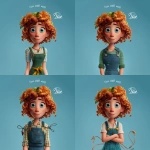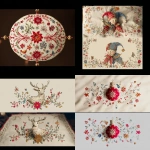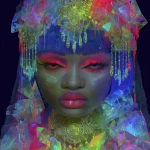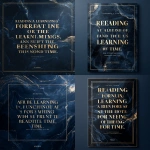Explore the Best AI Image Gallery

Blurring Boundaries: AI-Generated Media and the Future of Creativity
The realm of creativity is undergoing a profound transformation, fueled by the rapid advancements in artificial intelligence (AI). AI-generated media, encompassing everything from text and images to music and video, is blurring the lines between human and machine creation, raising both exciting possibilities and complex ethical considerations. This blog post delves into the multifaceted impact of AI-generated media on the creative industry, exploring its potential uses, the ethical dilemmas it presents, and the future trends shaping this evolving landscape.
A New Frontier for Creative Expression
AI-powered tools are empowering creators with unprecedented capabilities. Artists can leverage AI algorithms to generate unique visuals, compose intricate musical scores, or even write compelling narratives. Designers can utilize AI to conceptualize innovative products and experiences, while marketers can harness its power to personalize content and target specific audiences.
One prominent example is the use of generative adversarial networks (GANs) in image creation. GANs involve two neural networks competing against each other: a generator that produces images and a discriminator that evaluates their authenticity. This iterative process results in increasingly realistic and imaginative visuals, pushing the boundaries of artistic expression.
Ethical Considerations at the Forefront
While the potential benefits of AI-generated media are undeniable, it is crucial to address the ethical challenges they pose.
Copyright and Ownership
A fundamental question arises: who owns the copyright to AI-generated content? When an AI algorithm produces a work, is it the creator of the algorithm, the user who provides the input, or the AI itself that holds the rights?
Bias and Representation
AI algorithms are trained on massive datasets, which can inadvertently perpetuate existing biases and stereotypes. If AI-generated media reflects these biases, it can reinforce harmful societal perceptions and inequalities.
Misinformation and Deepfakes
The ability to create highly realistic synthetic media raises concerns about the spread of misinformation and the creation of deepfakes—manipulated videos or audio recordings that can deceive viewers.
Navigating the Future of AI-Generated Media
As AI continues to evolve, it is essential to establish clear ethical guidelines and regulations for the development and deployment of AI-generated media. This includes promoting transparency in AI algorithms, addressing biases in training data, and ensuring accountability for the creation and dissemination of AI-generated content.
Collaboration between policymakers, industry leaders, and ethicists is crucial to navigate this uncharted territory. Educational initiatives can raise public awareness about the capabilities and limitations of AI-generated media, fostering informed discussions and responsible use.
Embracing a Collaborative Future
Rather than viewing AI as a threat to human creativity, it is essential to embrace it as a powerful tool that can augment and enhance our creative potential. By fostering collaboration between humans and machines, we can unlock new frontiers in artistic expression, innovation, and storytelling.
The future of creativity lies in harnessing the power of AI responsibly, ethically, and collaboratively. Let us strive to create a future where AI empowers human ingenuity and enriches our collective creative journey.

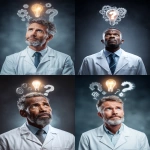




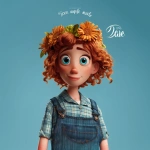



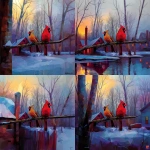
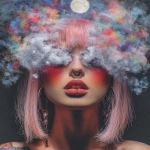
](https://images.ai-img.art/thumbnails/150/6c909fd6d38caac6572b592dd97831deb7d6562bba142798574677582676dfc1.webp)

](https://images.ai-img.art/thumbnails/150/1202074d0d60b08b64d0f91f36468608aaac200a02b721cc8e6d8ec8a908432c.webp)

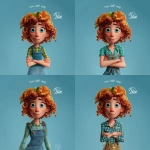


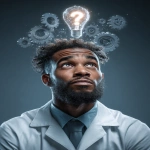
](https://images.ai-img.art/thumbnails/150/e6a179db327f0374ec327d0fdab48ac1f2dc47123eed103b0a41ed346280d07d.webp)



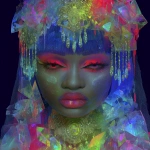
](https://images.ai-img.art/thumbnails/150/60973df1d727dbbf8e6922b7e4836814ab6012106eb9dcfe99aea7aec15f3710.webp)

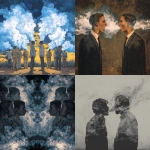


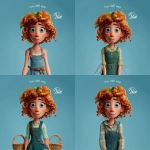

](https://images.ai-img.art/thumbnails/150/655229c40961cb7ff5abd4b4190e02c94ea1a961106e7547a562649c945268be.webp)
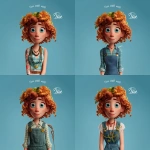
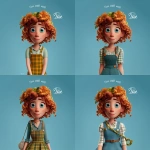
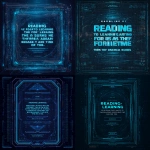
](https://images.ai-img.art/thumbnails/150/184b4b030e30be0a6d51b544226cb4cf2271977814d935d3aaa2b7529355b3b7.webp)
](https://images.ai-img.art/thumbnails/150/26c16e4f635deee86633de398088ca98d9bb748d6e7601436b07e882fab236cb.webp)
